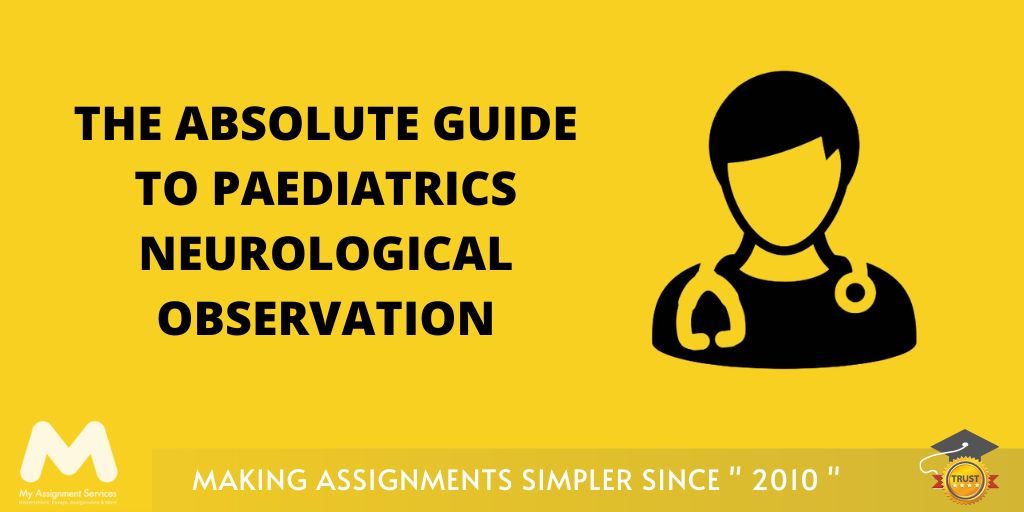
Any illness produced by malfunctioning a component of the nervous system/brain, leading to physical and mental conditions, is a neurologic condition. The nervous system starts developing prenatally and persists through early childhood and adolescence. Most neurons are generated before birth, yet millions of synapses in the brain (neurons) develop later in childhood.
Poor hygiene is also a leading cause of the persistence of neurological disorders in children. A study in New Zealand shows that using alcohol-based hand sanitizers instead of regular hand sanitizers would help lower the absentee percentage in schools.
The brain comprises the White and the Grey matter (neurons and synapses). A motor synapsis is a type of nerve cell that moves signals. Our brain chooses ideal conditions that will help it develop and grow. The nervous system adjusts to the surrounding environment. The senses - sight, smell, touch, hearing, and taste transfer stimuli to the brain to access the environment. Neurological disorders also include issues in the spinal column or the nerves connecting it to the brain.
In children, the common symptoms of neurological disorders are issues with motor skills, vision, communication, hearing, or speech. Mental conditions are wide-ranged with various causes, outcomes, and complications. Some are curable, while others require lifelong management. This blog discusses the observation modes and factors for paediatric neurological conditions.
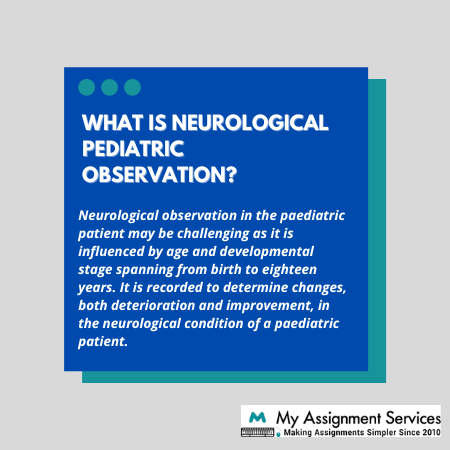
What Is a Paediatric Neurological Observation Chart?
Collecting data about a patient's nervous system is known as neurological observation (including the brain and spinal cord). Neurological examinations are carried out by both physicians and nurses. They are frequently documented in psychiatric wards but are also needed in therapeutic wards.
A Paediatric Neurological Observation Chart includes an assessment of:
Level of consciousness
The first stage is to check the patient’s level of consciousness - after a head injury or episodes of any mental condition. It is necessary to examine if the patient is fully conscious, feeling drowsy, or unconscious.
Pupillary reaction
To begin, determine if the pupils must be of similar size. To examine the pupils' response to light, a torch with a narrow beam can be used; the pupils should be examined separately. The reaction is defined as positive if there's rapid constriction. No constriction is reported as a negative response.
Vital signs
The healthcare professional uses vital signs as a reference to a person's health in a paediatric neurological observation, providing hints and indicators for potential health conditions and treatment alternatives. Temperature, pulse, blood pressure, breathing, and oxygen levels are vital indicators.
Motor function
Because the legs or the lower limbs reflect spinal functionality, while the arms or the upper limbs are employed to examine motor functions, several patients with brain dysfunction may exhibit involuntary movements of their legs and arms. Any disparities between the functioning of the left and right sides of the body must not be looked for by the medic.
Sensory function
To check patients' Sensory function, they are asked to recognize a common object (e.g., a pen or a coin) put in their hand (stereognosis), and numbers are inscribed on their palm (graphesthesia). They must also discriminate between the two simultaneously. The physician also pinpricks the fingertips.
Did you know that neurological conditions are the leading cause of disability globally?
The health assessment for prior symptoms or disorders should be documented in the child's patient care notes when evaluating the neurological conditions. Suppose the patient has a recognized neurological condition such as amyotrophic lateral sclerosis or had a past cerebral vascular injury, which both might influence the result of the evaluation. It's also crucial to keep track of any prescriptions or substances used.
Nursing students have to submit various research papers, case studies, lab reflections, essays, and other assignments. So many writing and reading assignments can get overwhelming; if you seek nursing assignment help, you may fill out the enrolment form. Get live guided sessions and free academic resources for your assignments.
Why Are Neurological Observations Done?
Neurological observations consist of a series of easy tests and observations used by doctors and nurses to determine how aware and responsive your kid is to their environment. This is referred to as children's cognitive awareness, and you may hear personnel refer to it as children's GCS (Glasgow Coma Score).
The tension within the skull determines intracranial pressure, which is, for example, an important part of paediatric neurological observation. The brain and cerebrospinal fluid make up the skull (CSF). Variations in cerebral blood volume and the pressure imposed by the CSF, which circulates throughout the spinal cord, brain, and cerebral ventricles, dictate intracranial pressure in normal circumstances.
In children and adolescents, an antiepileptic drug is prescribed for controlling epilepsy episodes. At the same time, it advised prenatal to take folic acid supplements to lower the risk of the spinal cord or brain malformation.
It's difficult to define a uniform 'normal value' for intracranial pressure as it varies depending on age, postures, and clinical circumstances. The typical cerebral pressure in a healthy paediatric neurological observation taken in the horizontal posture is between 7 and 15 mmHg. So a neurological observation is important to determine the proper functioning of the patient's brain.
The early detection of the neurological disorder symptoms is essential for avoiding any scope of paediatric stroke. Almost ten percent of the global children and adolescent population suffer from neurological disorders, as reported by the WHO (World Health Organisation). Therefore, a thorough neurological examination is the only way to predict these diseases early.
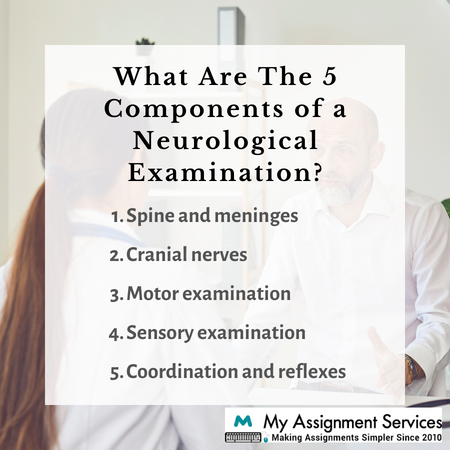
What Are Some Paediatric Neurological Observation Examples?
Many mental health disorders show symptoms similar to that of a neurological condition. Hence, especially in children, a thorough neurological examination is often advised. Such examinations include all the physical examinations discussed in this blog. Still, a change in sign and symptoms require the medical team to run several tests like:
- Common Neurological Tests
- CT Myelogram
- MRI Scans
- CT Scans
- Cerebral Angiogram
- Nerve Conduction Studies
- Lumbar Puncture
Over one million people are affected by some form of neurological disorder globally, and nearly seven million die each year for the same reason.
Mental health is especially important during early childhood. Inside the brain, this is a period of fast development and growth. Adolescents and children develop cognitive and communication skills that influence their mental health. Children's interaction with their immediate environment - head injury, trauma, unsanitary environment, unclean water, etc. - can also cause neurological issues. It is necessary to help them get a paediatric neurological observation as soon as symptoms arise to take on adult responsibilities in society and lead a healthier life.
Nursing students struggle with completing their assignments. There can be many reasons, like a lack of time or reference materials, inadequate knowledge of the subject, and formatting difficulties. If you're going through the same, you can get free resources and affordable assignment assistance from professionals in the healthcare sector. Fill out the enrolment form to get nursing assignment help today.
Related Study Materials
Our Experts can answer your Assignment questions instantly.
Ask Question0 Comment
Get It Done! Today
1,212,718Orders
4.9/5Rating
5,063Experts





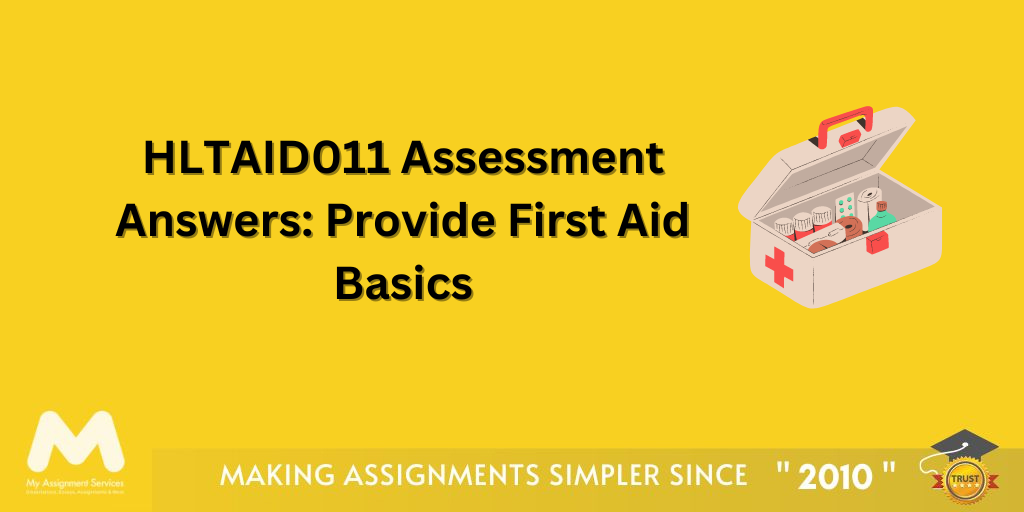
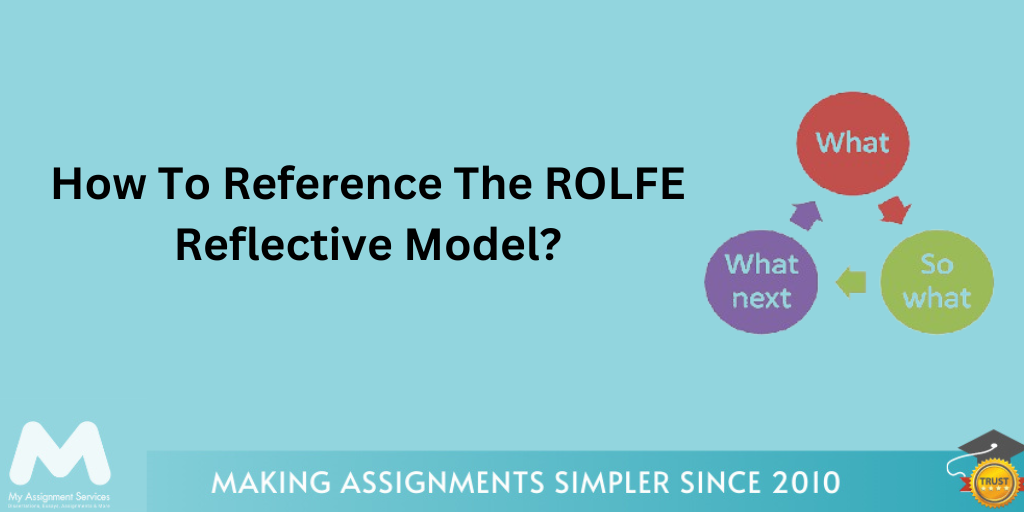
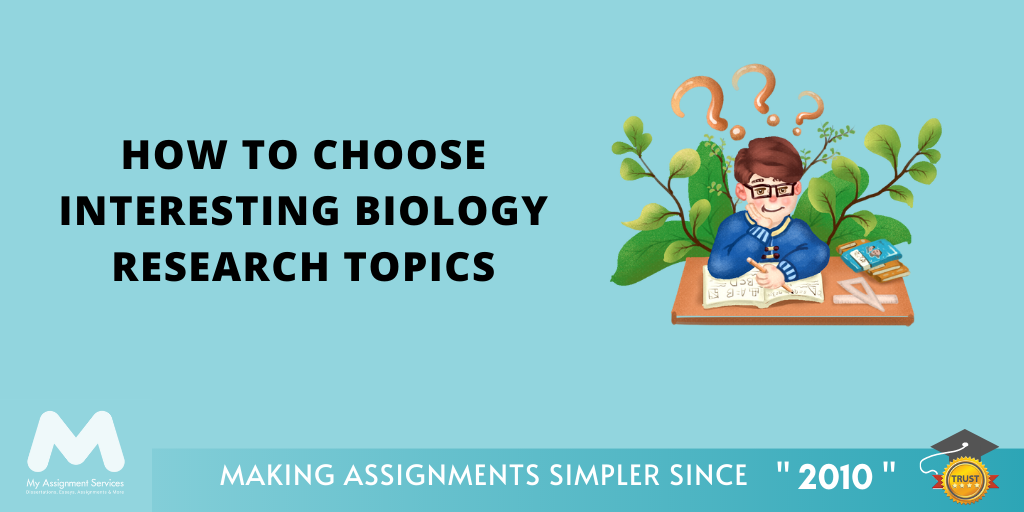





Loved reading this Blog? Share your valuable thoughts in the comment section.
Add comment